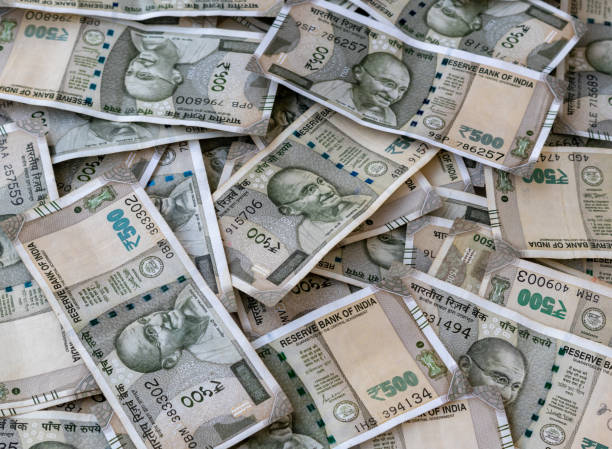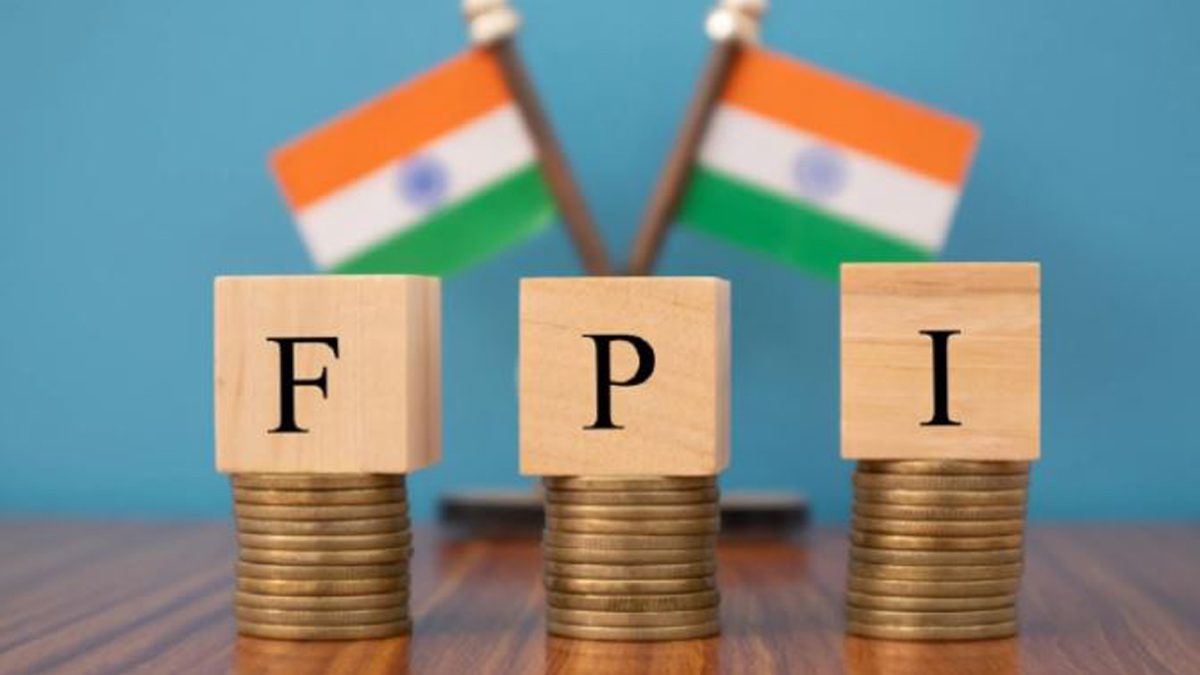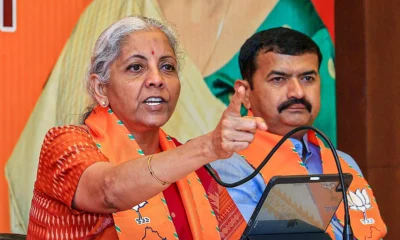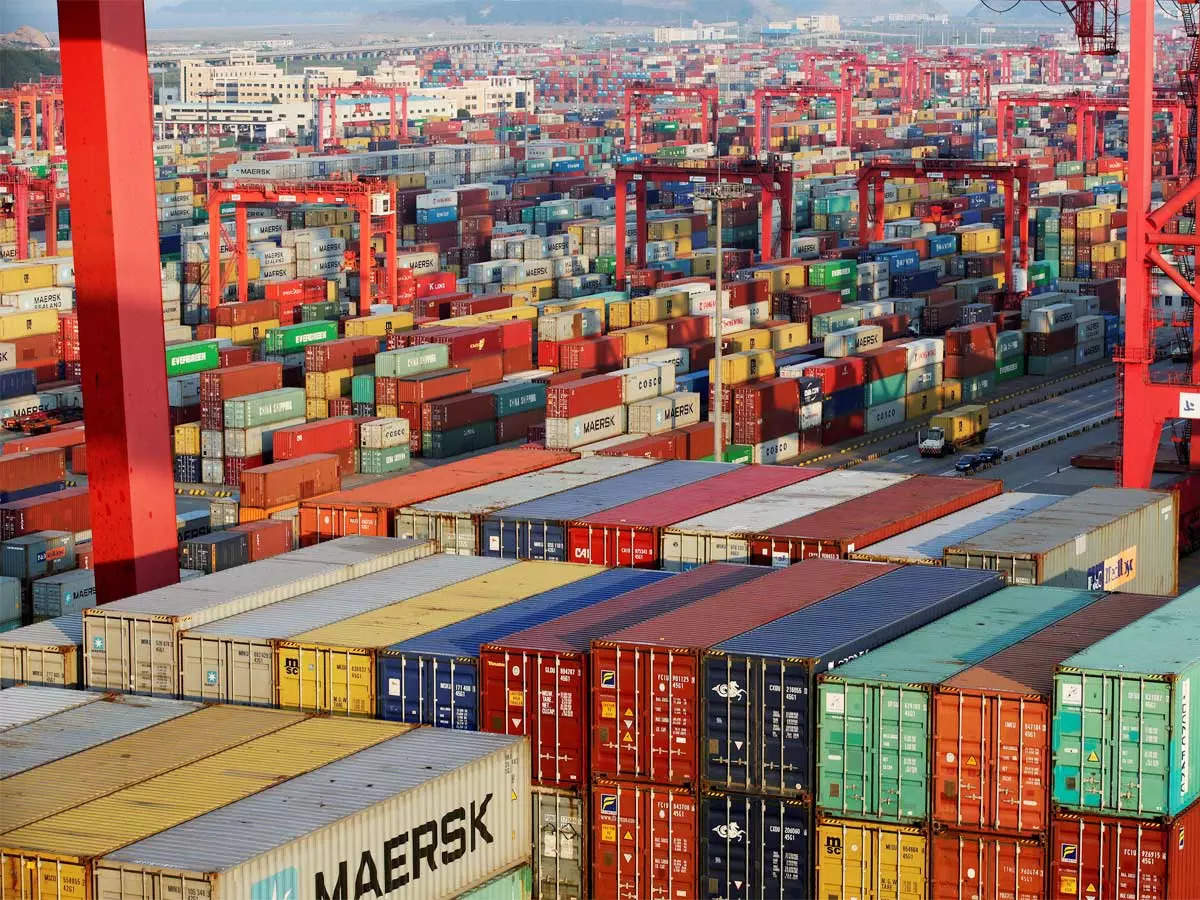Economic
GoI’s fiscal deficit at Rs 15 lakh cr is 86.5% of full FY24 target

The Daily Guardian is now on Telegram. Click here to join our channel (@thedailyguardian) and stay updated with the latest headlines.
For the latest news Download The Daily Guardian App.
Economic
India Sees Decline in New Formal Job Creation, Hits Three-Month Low in February
Economic
FPIs Sell Rs 5,254 crore in Indian equities amid rising US bond yields, become net sellers in debt mkts
Economic
India diversifies trade, exports to China, UAE, Russia, Singapore surge
Politics
Government Aiming to Enhance India’s Appeal for Manufacturing and Services: FM Sitharaman
Economic
Experts flag upward bias in crude prices, impact of energy prices on credit conditions
Economic
Climate Change Forecasted to Result in $38 Trillion Annual Economic Losses Globally by 2049
-

 Opinion2 years ago
Opinion2 years agoPakistan-China nexus trying to sow doubts in Indian society about governance systems
-

 Fashion7 years ago
Fashion7 years agoThese ’90s fashion trends are making a comeback in 2017
-

 Entertainment7 years ago
Entertainment7 years agoThe old and New Edition cast comes together to perform
-

 Entertainment7 years ago
Entertainment7 years agoThe final 6 ‘Game of Thrones’ episodes might feel like a full season
-

 Opinion2 years ago
Opinion2 years agoEnvironment day with a missing spring and lost souls
-

 Business News2 years ago
Business News2 years agoIndia Becomes World’s 5th Biggest Economy
-

 Policy&Politics2 years ago
Policy&Politics2 years agoA successful SME must understand his 5 wives
-

 Business News2 years ago
Business News2 years ago‘75K STARTUPS DEFINE THE POWER OF INNOVATION’




















